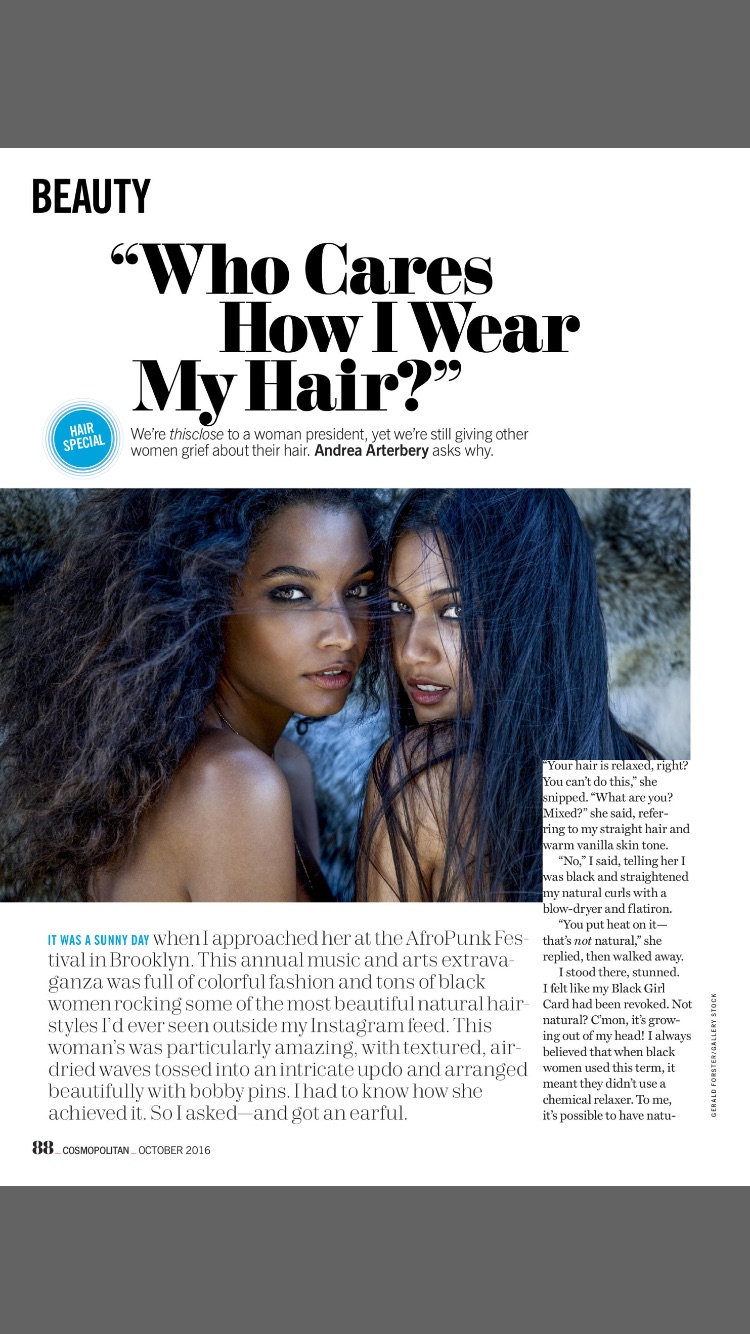
Amazon on Wednesday said it was adding a new feature to its Prime membership program in the United States: Subscribers to the $99-per-year plan now get access to more than 1,000 books, comics, magazines, and more on Kindle devices and apps for no added cost.
While you may be interested in reading Kiss of a Dragon (Fallen Immortals 1) – Paranormal Fairytale Romance or D DAY Through German Eyes – The Hidden Story of June 6th 1944, the magazine offerings seem most of interest to Nieman Lab readers.
 There are currently 42 magazine issues listed in the program, called Prime Reading, including familiar names like Sports Illustrated, Vogue, Bloomberg Businessweek, and Consumer Reports. “Every month we choose a selection of top magazine issues for you to borrow as part of your Prime membership,” Amazon said. Users can download up to 10 titles at once.
There are currently 42 magazine issues listed in the program, called Prime Reading, including familiar names like Sports Illustrated, Vogue, Bloomberg Businessweek, and Consumer Reports. “Every month we choose a selection of top magazine issues for you to borrow as part of your Prime membership,” Amazon said. Users can download up to 10 titles at once.
 On smartphones and tablets, users can download magazines into the Kindle app, which are then presented as zoomed-out PDFs. Readers have to pinch to zoom and scroll around each page they want to read; they’ll look better on your iPad than your iPhone.
On smartphones and tablets, users can download magazines into the Kindle app, which are then presented as zoomed-out PDFs. Readers have to pinch to zoom and scroll around each page they want to read; they’ll look better on your iPad than your iPhone.
There are already a number of apps on the market, including Texture and Zinio, which let you pay a monthly fee to access a library of magazine titles or to subscribe or buy individual issues. Amazon itself also sells digital subscriptions to magazines and newspapers.
Amazon’s introduction of Prime Reading will certainly increase competition, but it’s unclear how many users are actually interested in reading digitized versions of print magazines on their phones, tablets, or e-readers — particularly with access to a limited number of issues, sometimes a few weeks old. (Think of it as the stack of magazines at your doctor’s office: a random assortment of #content, sometime a little out of date, that can help you kill time when necessary, but not something likely to become a regular part of your daily routine.)
The company already includes a number of journalistic products in Prime. Last year, Amazon added digital subscriptions to the Washington Post as a benefit for Prime subscribers. Users got six months of free access to the Post before being charged $3.99 per month. Amazon CEO Jeff Bezos is, of course, the owner of the Post and is continuing to further integrate the Post onto Amazon’s products and platforms. Last month, Amazon also announced that Audible Channels, its shortform audio and podcast programming, are now included in Prime memberships as well.So while two-day shipping may be one of the primary reasons why people subscribe to Prime (at least it’s why I do), Amazon is clearly trying to offer shoppers more reasons to pay for its Prime service, which is critical for the company’s business.
Amazon doesn’t release its number of Prime subscribers, but Morgan Stanley on Wednesday estimated that there are 60 million Prime subscribers globally, with 41 million in the United States. That’s a 28 percent increase between October 2015 and May 2016, the analysts said.